Creating Characters You Can Live With
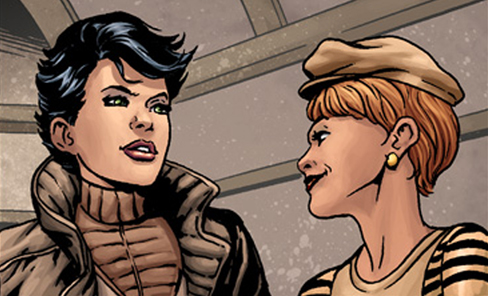 A recent note came from a new Trekker fan, complimenting me on the series in general, and the character of Mercy St. Clair in particular. He asked for some pointers on creating and writing a character that has to exist and evolve over a long period of time. Turns out, the question sparked quite a response from me, and I thought I’d share it here as well. I may note that some of these ideas can be traced back to Robert McKee’s excellent book, Story, which is as close to a practical writer’s bible as I’ve come across.
A recent note came from a new Trekker fan, complimenting me on the series in general, and the character of Mercy St. Clair in particular. He asked for some pointers on creating and writing a character that has to exist and evolve over a long period of time. Turns out, the question sparked quite a response from me, and I thought I’d share it here as well. I may note that some of these ideas can be traced back to Robert McKee’s excellent book, Story, which is as close to a practical writer’s bible as I’ve come across.
First, the basics. Realize the difference between “character” and “characterization”. The former means what is going on inside your character, what makes them tick, what motivates them, what will they die for, kill for. What do they think is funny, what is meaningless to them. The latter is what a novice writer mistakes for character. Thing like what job they have, where they are from, how they look. All that is surface stuff, and wears thin if there’s nothing substantial going on underneath. Both are important, and they are connected, but keeping them separate in your thinking will help you avoid creating two-dimensional characters.
Most importantly, if you are in this for the long haul with a character, it has to be someone you care about– someone you are interested in and fascinated by. Because that will come across the page, and it won’t get “old” for either you or the reader. Don’t write characters who don’t excite you, for whom you have no empathy, who do not seem alive to you. They will have no “voice”, and will come across like cardboard cut-outs, not living, breathing people. How you achieve this is the question, isn’t it? For me, I observe people in my life or characters from works of imagination who impressed me and who seemed particularly, vividly “alive” in some aspect or another. The equation “garbage in, garbage out” applies here. You can’t expect to turn out work of your own that rises above the environment you are feeding from. If you spend your time with stories that are long on “effects” and “action” but short on vivid, convincing characters performing believable human actions, those are the sort of stories you yourself will produce. Seek out good stories, well-told. It never hurts to start with the stuff that has stood the test of time.
You will realize when you observe people closely, and/or read substantial, great books, or watch movies by real masters that we are all complex animals. We are mixed bags with strengths and weaknesses, blind spots and inconsistencies. That’s part of what makes us unpredictable and endlessly interesting. But, if you just make a list of these traits and characteristics and then “assemble” a character from them, you are working from the outside-in. Best to trust your observation and intuition as to which traits seem to work together to create a character that seems alive to you.
At some point in this process, you will find it invaluable to create the character’s “back story”– their personal history. Whether that is ever revealed within the tales you tell or not, the fact that YOU know the events and elements that shaped your characters will help you to stay consistent in your treatment.
It’s often said by writers that at some point, they stop writing the characters, and the characters begin to “write themselves”. I find that’s true. Something has been internalized and the character is “alive” in me and indicating what they are likely to say or do. That’s a pretty strong indication that my story is on the right track.
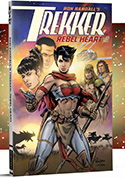

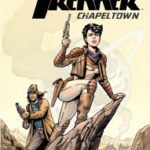
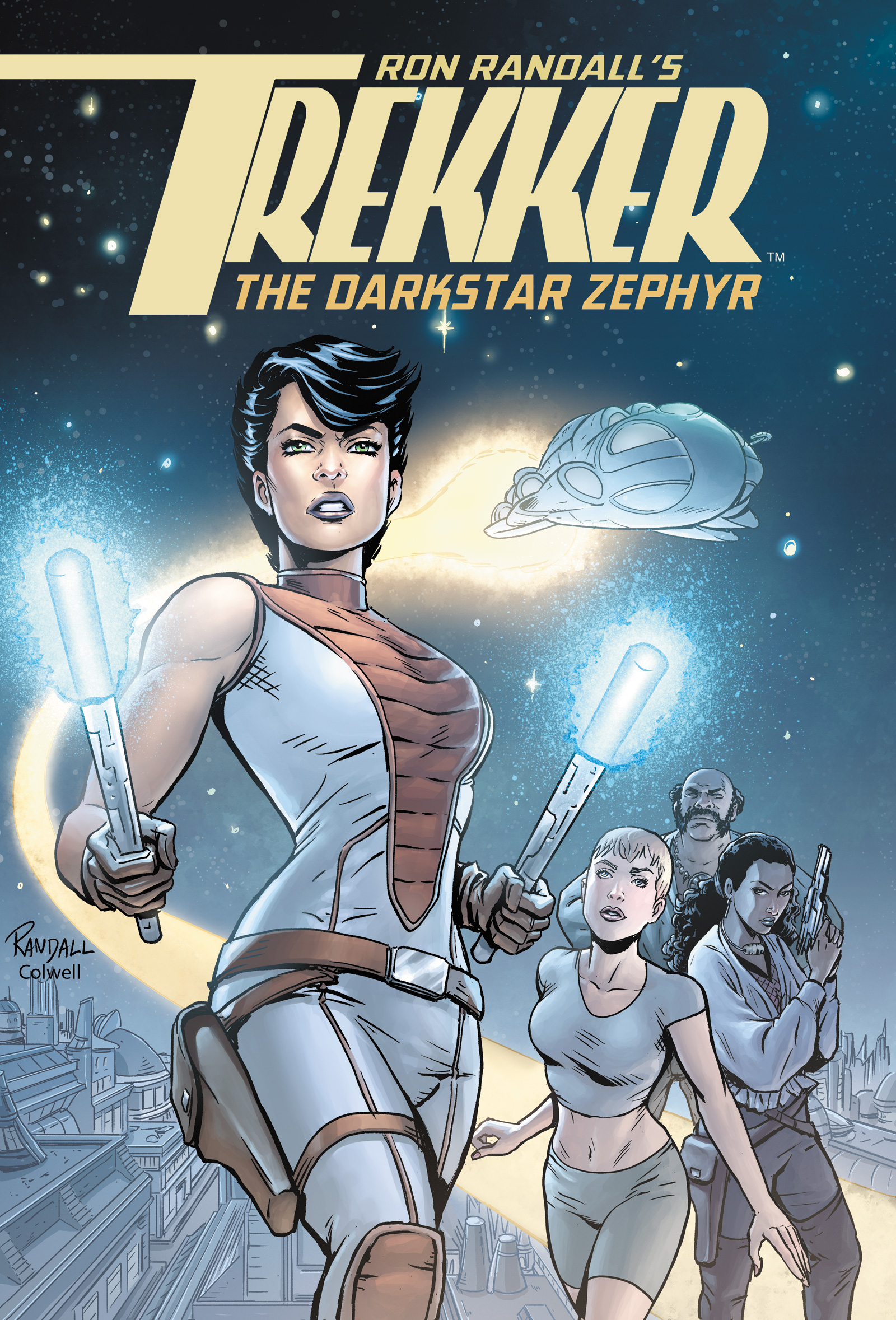

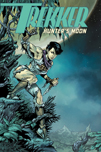
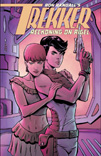



 AL WILLIAMSON
AL WILLIAMSON JEREMY COLWELL
JEREMY COLWELL JOE KUBERT
JOE KUBERT MARK SCHULTZ
MARK SCHULTZ PAUL CHADWICK
PAUL CHADWICK PERISCOPE STUDIO
PERISCOPE STUDIO RonRandall.com
RonRandall.com THOMAS YEATES
THOMAS YEATES FAMILY MAN
FAMILY MAN MAD GENIUS COMICS
MAD GENIUS COMICS PERILS ON PLANET X
PERILS ON PLANET X QUANTUM VIBE
QUANTUM VIBE THE LAST DIPLOMAT
THE LAST DIPLOMAT THRILLBENT
THRILLBENT TRANSPOSE OPERATOR
TRANSPOSE OPERATOR
Hi Ron!
We met at Emerald City Con in 2012, and I was so glad to see TREKKER in Dark Horse Presents a few weeks ago: welcome back to the train, my friend! This feature is still aces!